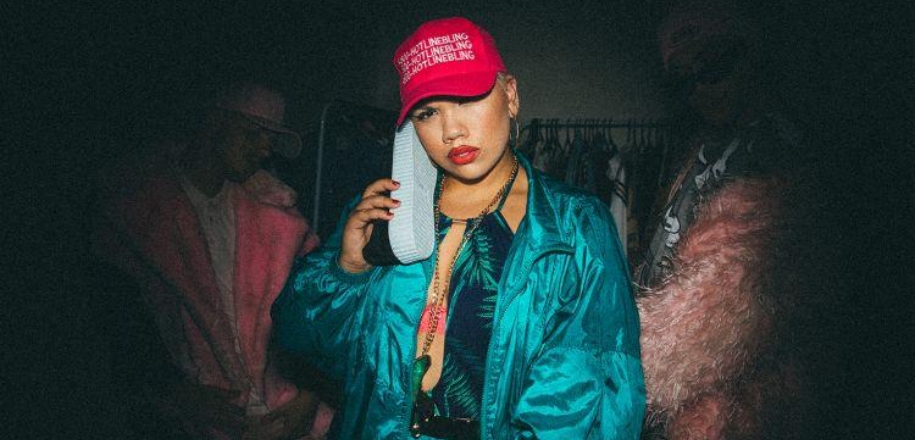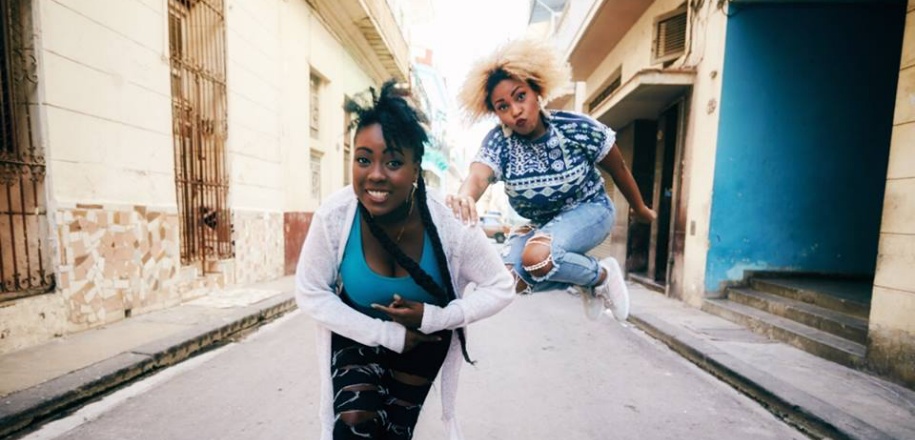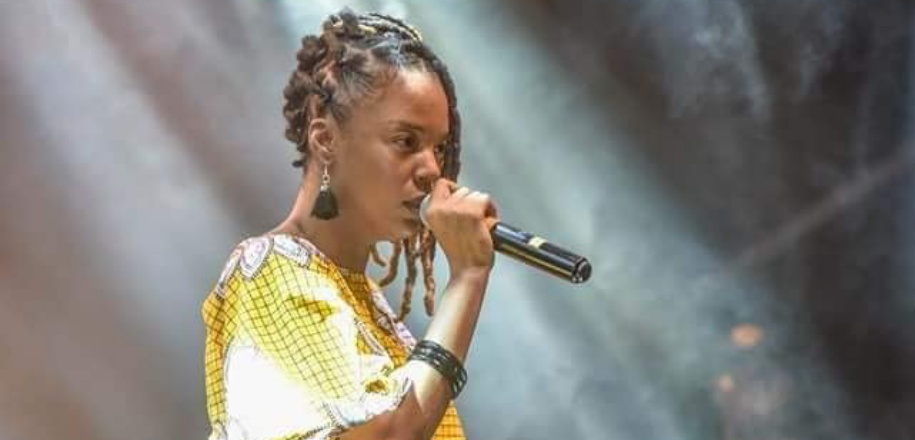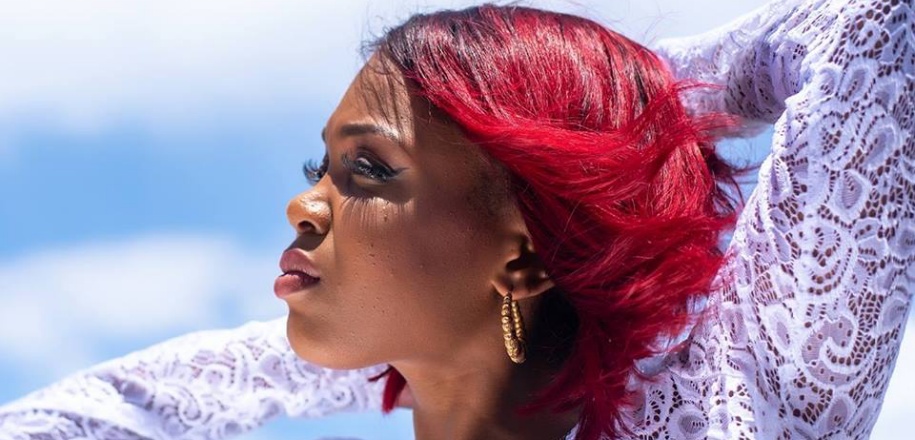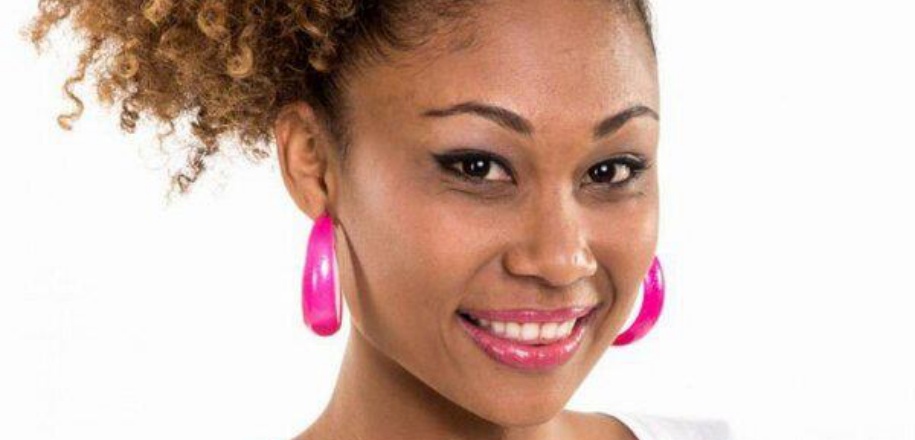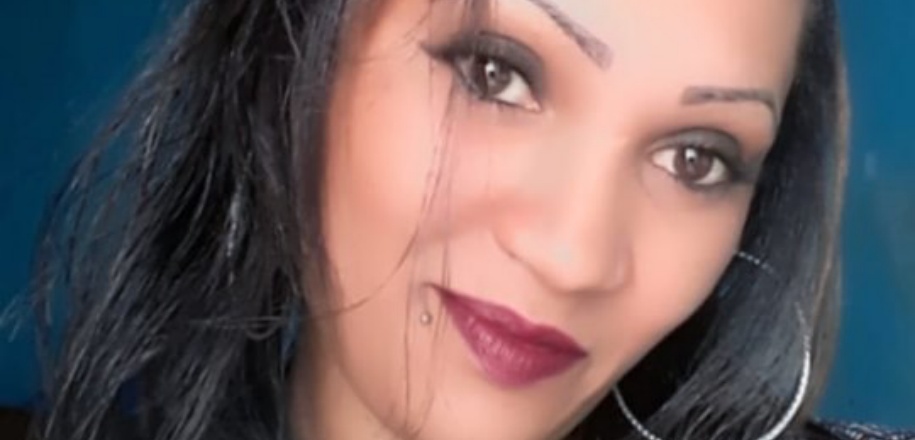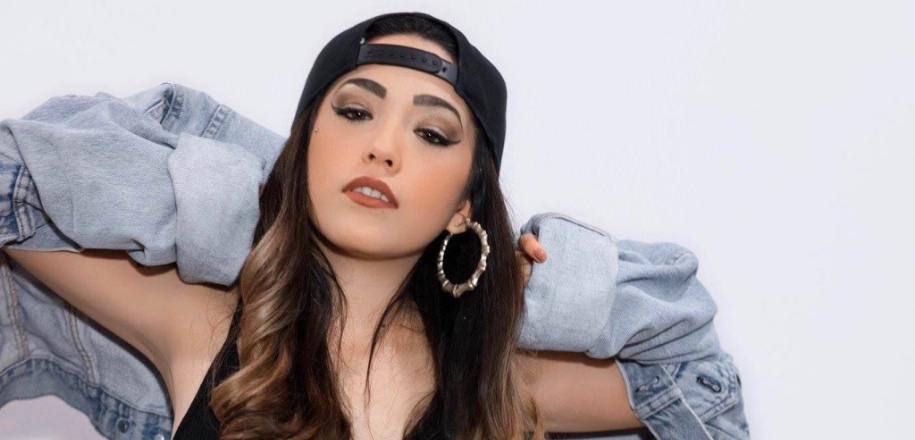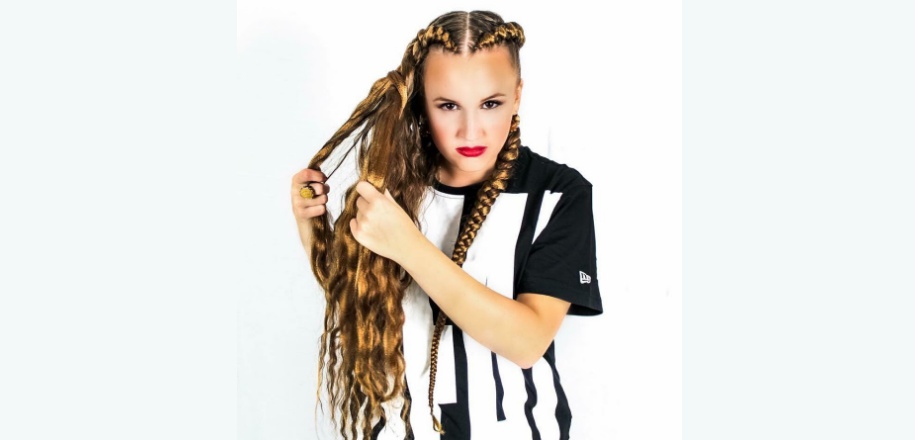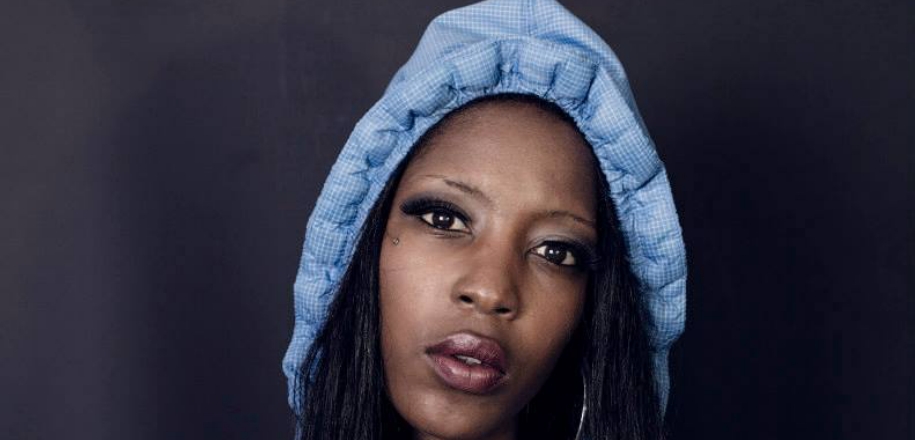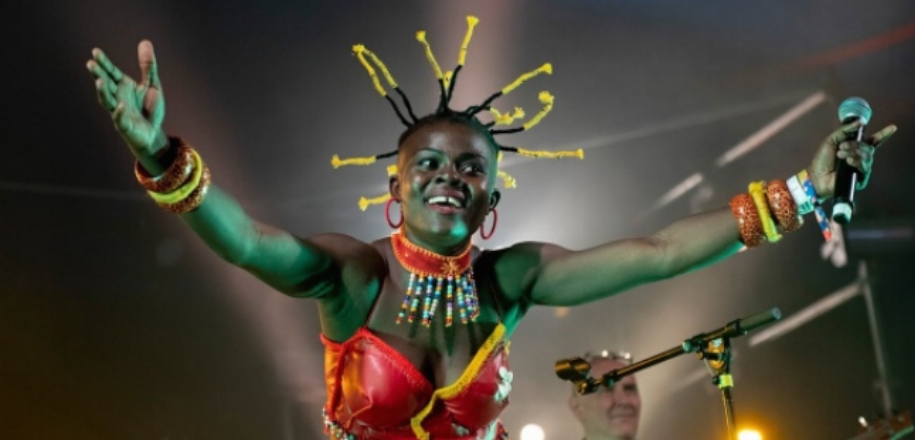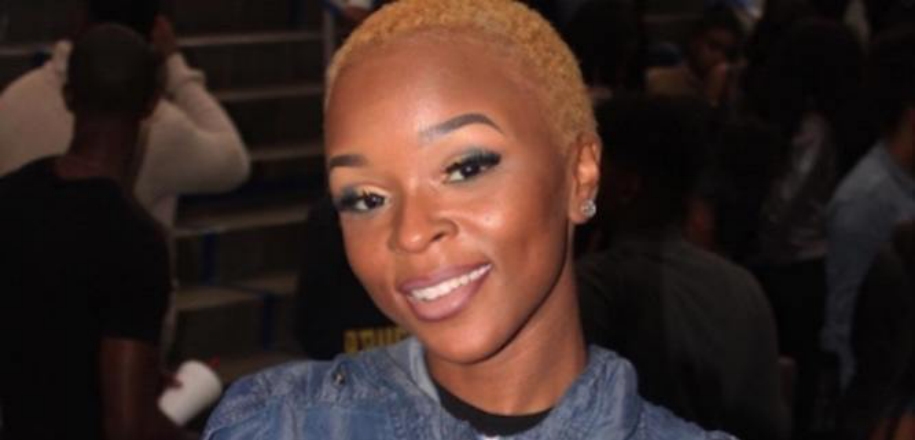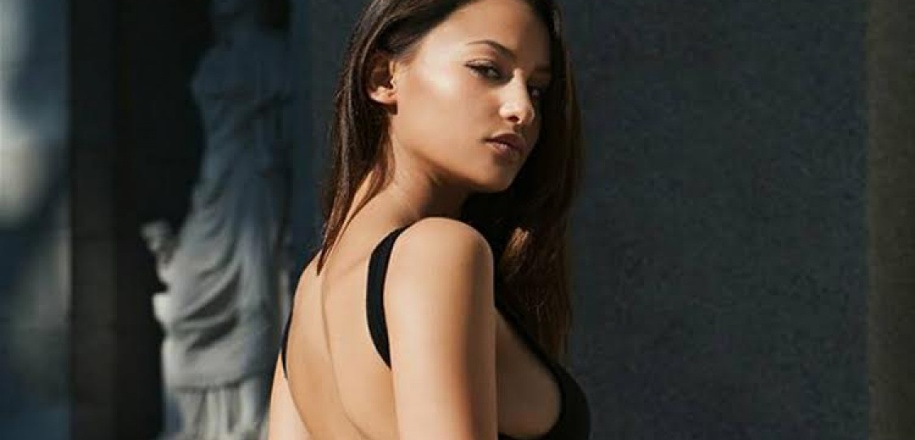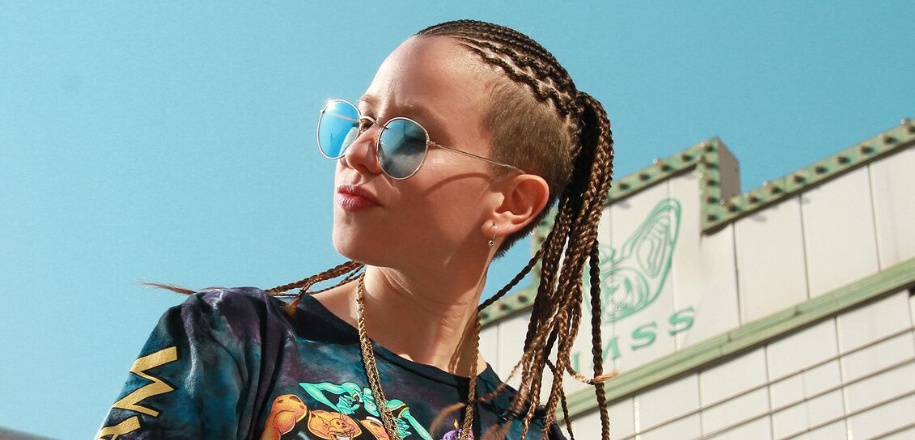NAME: Parri$
TRACK: Nasty
YEAR: 2016
FROM: New Zealand
Author: madamerap
BigBossSavageTinka (†)
NAME: BigBossSavageTinka (†)
TRACK: Again
YEAR: 2016
FROM: Chicago, USA
Coely
NAME: Coely
TRACK: Don’t Care
YEAR: 2016
FROM: Antwerp, Belgium
Leaf
NAME: Leaf
TRACK: Nada
YEAR: 2016
FROM: USA
La Reyna Y La Real
NAME: La Reyna Y La Real
TRACK: Que se queme el arroz
YEAR: 2016
FROM: Cuba
Maglight
NAME: Maglight
TRACK: Thérapie
YEAR: 2014
FROM: Guadeloupe, France
La Tchad
NAME: La Tchad
TRACK: Yo faché
YEAR: 2016
FROM: Guadeloupe, France
Nancy Logan
NAME: Nancy Logan
TRACK: Swag
YEAR: 2012
FROM: La Réunion, France
Sista MK
NAME: Sista MK
TRACK: Femmes battues (feat. El Diablesse)
YEAR: 2014
FROM: La Réunion, France
Gavlyn: “I’m taking my time and focusing on spreading the word”
What made you want to become a rapper?
What made me wanna become a rapper was definitely my love for music first of course and also the way I grew up. I stayed at home a lot watching my little brother so I listened to rap a lot and had a lot of time to myself.
You say you’re inspired by Old School, 70’s Funk and 60’s music. Any female artists?
Yes inspired by many female artist such as Jean Grae, Lauryn Hill, Amy Winehouse, Gwen Stefani, Sade, Siouxsie and the Banshees, Grimes, St. Vincent and the list goes on.
You’re signed to indie label Broken Complex. How hard is it for a female rapper to find a label?
Yes I am signed to Broken Complex shout out to the BC fam, but to answer your question about it being hard for a female rapper to find a label I would say it’s just hard to find a label period.
You’ve toured with WuTang Clan, Schoolboy Q, Big Sean or Steve Aoki. What did you learn from these experiences?
I’ve actually never toured with those artists I’ve only played shows with them. What I’ve learned from those experiences is mainly how to be yourself on stage and connect with your audience.
“What I Do” has been played more than 8 million times on YouTube. Why do you think people responded so favorably to that particular song?
I’m not too sure exactly but I’m glad they did respond to it well lol I feel it’s a combination of people that liked it and hated it haha.
Can you tell us what’s the story behind the track “Sad Grl”?
The story behind sad girl is about accepting your sadness and turning it into something that gives your strength.
Do you consider yourself a feminist? Why?
No I don’t, I do not believe in that type of separation amongst people.
What are you listening to these days?
I’m currently listening to Anderson Paak, Thundercat, Snoop Dogg, Blimes Brixton, Reverie, Prayers and Saviorself.
You already released for albums and will be back in Europe in October 2016 with the Gav & Rev European Tour along with Reverie and DJ Lala. What are your other upcoming projects?
At the moment I’m kind of taking my time and focusing on spreading the word.
What do you think of Madame Rap? What should be changed or improved?
I don’t think it should change at all its genuine and original the growth is self-explanatory.
Find Gavlyn on her website, Facebook, Soundcloud and Twitter.
Booking/press info : Rita Guimarães ritagbookings@gmail.com
Lora Yeniche
NAME: Lora Yeniche
TRACK: Faut qu’on s’évade
YEAR: 2017
FROM: Yutz/Metz, France
Bushy (✝)
NAME: Bushy (✝)
TRACK: King Kong Part 1
YEAR: 2014
FROM: Toulouse, France
Wiyaala
NAME: Wiyaala
TRACK: Rock My Body
YEAR: 2013
FROM: Ghana
Talone
NAME: Talone
TRACK: For granted
YEAR: 2016
FROM: USA
Cali Hendrix
NAME: Cali Hendrix
TRACK: Kickback
YEAR: 2016
FROM: Chicago, USA
Rebeca Lane: “Women have always been oppressed over human history”
Your biography is quite crazy! Can you just sum up for us the political context in which you were born and how that led you to hip hop?
That’s a very difficult question for a sociologist haha. But I’ll try. There was in Guatemala between 1954 and 1996. I was born in 1984, during the hardest years of the war. There was a genocide against indigenous communities and kidnappings, forced disappearances and murders of political activists. My aunt was kidnaped by the military government and then disappeared in 1981 and I was named after her, Rebeca Eunice. Because of this, I started to be an activist when I was really young, fighting for social justice and historical memory for victims of the war.
During the war, young people could not do anything, not even art. So after the peace agreements were singed in 1996, we started to organize ourselves in both political activism and art. We were talking about the war and our experiences. I was doing poetry and theater and was a big fan of the hip hop scene, that was growing really fast. So I joined a hip hop crew called Última Dosis and started to rap with them.
How is rap music perceived in Guatemala? Is it popular?
For many young people, hip hop culture was a way out of all the violence we were living. Even though the war was over, the violence never ended, especially against young people. This culture has become very popular in marginalized hoods, giving the opportunity to people who don’t have the chance to get artistic education to become artists and activists in their communities. It has also been a way of escaping gangs or armed groups linked to crime and drug dealing.
Because of this, our culture suffers stigma from the authorities and they use violence in many ways against hip hop activism. Some of our colleagues have been killed or disappeared. And it’s also hard to find venues to do our events.
Despite this, we are a very big community growing, finding spaces to do education processes and teach Hip Hop to others, finding places that support what we do both artistically and politically, and do festivals or concerts. We are not mainstream or don’t have the support of anyone from the music industry, but this hasn’t stopped us.
You’re also into theater and poetry and have a blog called “Mujeres de bolsa grande”. What is the common point between all this?
Theater and poetry helped me to rap and perform, but I no longer do it so consistently. My last theater play was about three years ago. And my blog is like my poetry archive, I’m working on publishing two books with my poems, but with so much tours and work in music, I barely have time to do it.
You seem to be just as much involved as an activist as an artist. What are your main struggles?
I still do work on social justice and historical memory for genocide and war. But I’m also involved in feminist struggles and women empowerment through hip hop. I’m working in a structure called “Somos Guerreras“, which is creating a network of women working in hip hop in Central America, doing festivals, workshops and producing a documentary with other rappers and Hip Hop activists: Nakury, Nativa and Audry Funk.
How would you describe women’s condition in Guatemala?
Guatemala is one of the countries with the highest rates of femicides as a result of domesitc violence against women. We are being killed. There are also too many teenage pregnancies as a result of rapes, often within their own family. Also the rape rates are way too high. It is almost as if there was a war in Guatemala.
Another big issue going is that women are resisting mega projects of transnational companies (from Canada, USA and Europe) who are taking away lands that have been protected by communities for hundreds of years. They want to take away our natural resources for profit. So this context has led feminist movements to protect life and protect our land.
Do you consider yourself a feminist? Why?
Yes. I am a feminist because it is a praxis from which I’ve learned how women have always been oppressed over human history, and to fight back for self-love and love to my sisters. It’s because of feminism that I’ve learned to see other women as my allies and not my enemies, and work together to empower one another.
Madame Rap recently interviewed Nina Dioz. How did you end up working together on “No Mas Ne Lo Mismo” and what is the tack about?
It started when I wrote her to tell her I was touring in México and I wanted to meet her and perhaps interview her for the Somos Guerreras documentary. And she told me she was living in Los Angeles. I was on tour in LA, so we met there. I had already met Sista Eyerie in Guatemala and we were in touch with another Spanish rapper Aid, who lived in LA as well. So we decided to get together and work on a track. In the creative process, we all talked about the fact that we were all from different countries and contexts, and how being a nomad was part of being a rapper.
So we decided to write about it. Fortunately Cynthia Vance got to shoot the process of writing and recording of the song and she did a beautiful video too.
What are you listening to these days?
I always like to listen to femcees. So, I’ve been listening to Garee, Zeidah, Miss Bolivia, Sara Hebe and Syla.
What are your upcoming projects?
Right now I’m on tour in Germany and when I come back to Guatemala I’ll work on my new album Alma Mestiza. In September, I have a small tour in Los Angeles and in October in Spain. So, next year I’ll be touring with my new music.
We are also working with the Somos Guerreras crew on the post-production of the documentary on women and hip hop in Central America, so we are looking for funds to finish it.
Find Rebeca Lane on Soundcloud, Facebook and YouTube.
Ayesha Chanel
NAME: Ayesha Chanel
TRACK: La Corona Es Mia
YEAR: 2016
FROM: Morocco/Spain
Justina: “In Iran people think girls shouldn’t sing”
A leading light on the underground Iranian rap scene, Justina has been active in hip hop since she was 16. The rapper told us about her journey in music and her fights in a country where women who sing alone in public risk prison.
How and when did you discover hip hop?
I have been in love with music since I was a child and used to sing a lot, but never thought I’d be a singer one day. I was familiar with American rap but discovered Persian rap when I was 16 with the Iranian underground hip hop group Zedbazi. I was a teenager at the time and had a lot of energy and dreams, and was feeling strong. I realized that hip hop and rap could be my best friends, help me understand my feelings and empower me. I listened to Iranian and American rappers as well.
You’re a writer, a singer and a rapper. Did you start to write, sing and rap at the same time?
I started writing classical poems when I was 10 and didn’t have any experience in writing rap lyrics before the age of 16.
In Iran, you can go to jail for singing political songs, that’s why you recorded many tracks in secret. How do you deal with that?
It means that I and all underground female singers take a lots of risks but we want to do what we want! And we can’t forget our dreams.
What is the female hip hop scene like in Iran? Are there many other femcees who defy power like you do?
I live in Tehran, Iran and the female hip hop scene there is not doing well. People think girls shouldn’t sing, especially rap, because in our culture, when women sing or do music, it means they get to know other male artists who can abuse them. Many girls and women are afraid of expressing themselves and trying to make their dreams come true because of our government. But there are some women like me who can’t hide.
According to you, what should be changed in the Iranian society to make women’s lives better?
First, people must change the way they think and understand that women are human beings. If they can understand this, everything will be better for us.
Do you consider yourself a feminist? Why?
No I don’t, because I just shout out my rights, my human rights, the rights that men have but I don’t.
What are you listening to these days?
Good music of all types with good lyrics.
What are your upcoming projects? Any chance to see you (again) in France soon?
I have some works that will be released soon and my new video “Mesle Ham” was released a few days ago. I wish come to Paris again and have a big concert there.
What do you think about Madame Rap? What should be changed or improved?
It’s a good idea and I think it can be a TV program, like an introduction to female rappers.
Find Justina on Facebook, Twitter and Instragram.
Niña Dioz: “Times are still hard for women in Mexico”
When and how did you decide to become a rapper?
I had a childhood friend who also loved hip hop, we would listen to The Fugees and TLC together when we were like 8 or 9 years old… I’ve dreaming to become a rapper ever since when I knew there were other females doing it. But when I heard it in Spanish, it’s when it blew my mind away. I didn’t know there were also rappers from my hometown doing it big. Control Machete was a very big inspiration for me but their career life was short and after two albums they split, which led to a lot of underground movements in Monterrey.
Later when I was 17 or 18, I talked to some people at a hip hop forum and we met up to record some tracks together. It was my first time and they were very impressed. After that, it just became a passion to keep doing it.
You come from Monterrey, Mexico. What is the female hip hop scene like there?
I know there are some chicks doing cool shit like Chulas Artes, but I haven’t lived in Monterrey for 8 years so I’m kind of disconnected with the underground movement in my city that I once was a part of. But I know there are many other very talented female rappers all over Mexico. It’s just been growing a lot lately.
What do you think of the current situation of women in Mexico?
Times are still hard for women in Mexico and I guess all over the world. There’s a lot of “machismo” and people who think you shouldn’t rap because you’re a woman and therefore you can’t rap or whatever. Even though I have proved them wrong many times I still get attacked by a lot of men-haters on the Internet. But that machismo is everywhere, women are getting killed and abused every day and our government does little about it. It’s just really sad that the government is so corrupted.
Your last EP “Libre” is very political. Why is it important to you to rap about social issues such as police brutality or freedom of speech?
I didn’t do it by choice. I always rap about my environment and my culture. There are moments where it feels that you can celebrate life more than others. I think the power of the microphone is very important. We have this very powerful tool and we should speak about what’s going on around us. Police brutality is a serious thing in Mexico and America so I had to open this topic that a very few rappers wanna talk about in their lyrics. Students and people have the right to speak their mind and protest if necessary without getting killed by the police or the government because of it.
Can you tell us the story behind the track “Alquimista”?
I kinda got inspired by the book of Paulo Cohelo, even though I read it as a kid. The idea of looking for this mundane thing and turn it into gold, something precious, attracted me. For me that’s my art. The source is usually my pain and my struggle and I’m able to transform it into something beautiful to me and others. I just find it very amazing. It’s something I still can’t explain. I just get the inspiration from a Higher or Divine source.
Do you consider yourself a feminist? Why?
I consider myself pro-women. I encourage female power and talk about it a lot of my songs. If that’s feminism maybe I am. But definitely I’m not the kind of feminist that doesn’t shave or thinks all men are dumb.
Who are your female role models and why?
Frida Kahlo and Maria Felix. I think they were really badass. They were proud of their roots, they were beautiful and very talented. I mean, Frida Kahlo, with everything that she went through and how she kept making art, I think she is the original alquimista.
What are you listening to these days?
I listen to Kendrick Lamar a lot. I also love J Cole, Logic, Run the Jewels… I really liked the new Lil’ Mama mixtape and Missy Elliott who’s still killing it.
What are your upcoming projects?
I’ve just released a new EP and everybody can download it for free here.
What do you think about Madame Rap? What should be changed or improved?
I think it’s dope you made this space for us, thank you so much!
Find Niña Dioz on Bandcamp, Soundcloud and Facebook.

